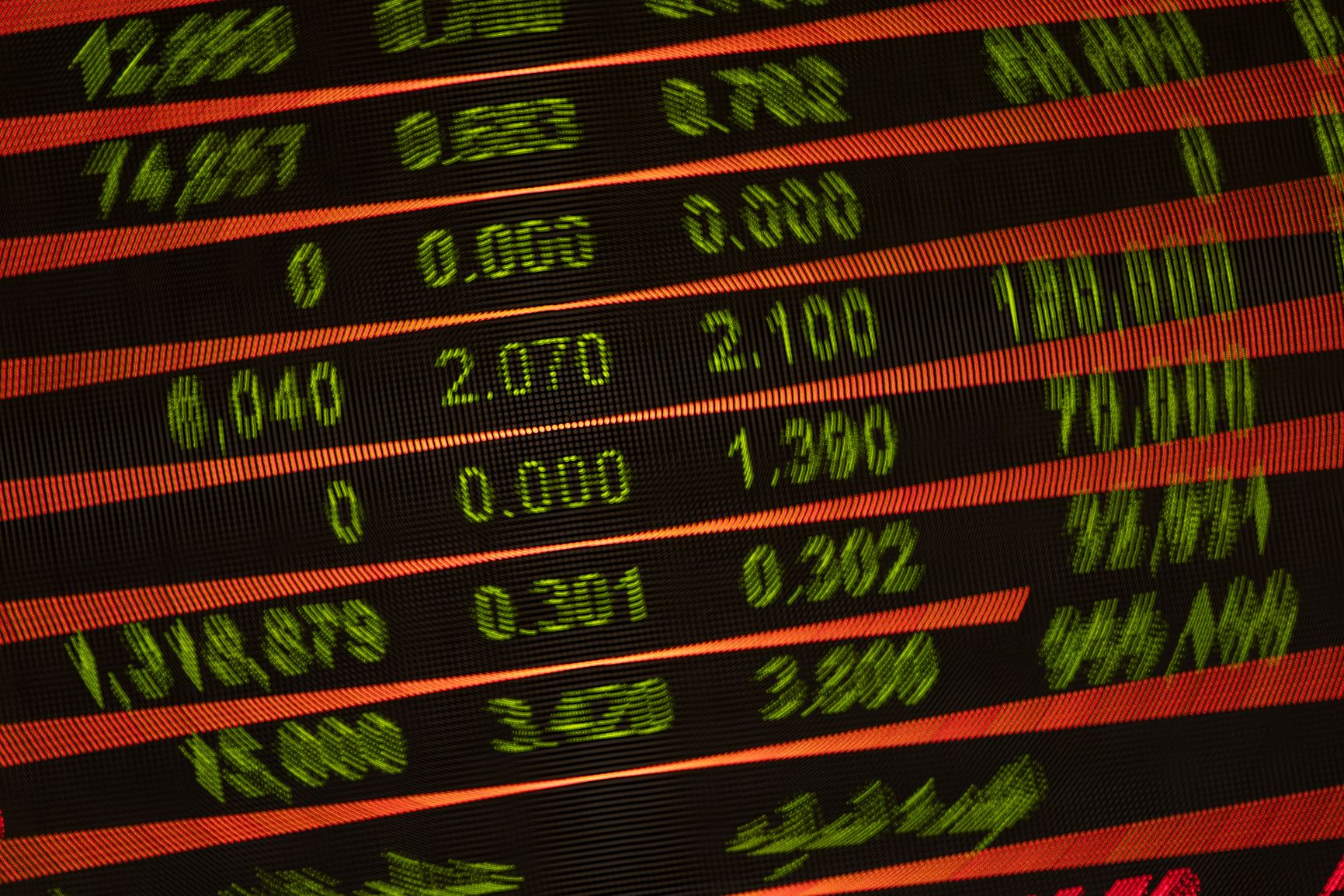ARTICLE
Global insight: AI’s three revolutions for macro forecasting

Bloomberg Economics
Will the world still need economists in 2030? With skin in the game, we certainly hope so — but artificial intelligence is already transforming economic analysis. In our own work — and in a review of the literature — we see AI enhancing macro research and forecasting in three ways.
- AI is expanding the data frontier. From natural language processing of central bank headlines to satellite imagery that can outperform official statistics, Bloomberg Economics uses the new tools to extract signals from unstructured sources. Below, we highlight other ways economists are turning complex datasets into valuable inputs for analysis.
- AI is accelerating the research workflow. By automating labor-intensive tasks like data cleaning, classification and coding, AI can deliver faster insights. That allows economists to focus more on interpreting results and identifying strategic impacts.
- AI is making econometrics better. From machine learning to large language models and time-series foundation models, AI techniques help capture nonlinear dynamics and deliver predictions beyond the limits of traditional methods.
Central banks and international institutions, armed with a more accurate picture of financial stress, are already using these new datasets and tools to craft more forward-looking policy responses.
Filling data gaps
Economists have long mined text for research and forecasting. Early applications, from economic uncertainty (Baker et al. 2016) to central bank sentiment (Bulir et al. 2012), mainly relied on keyword counting.
Today, natural language processing and large language models unlock far richer signals. Sentiment scores of commentary in purchasing manager indexes can improve GDP nowcasts in combination with traditional data (de Bondt and Sun 2025). Topic modeling of news helps forecast aggregate stock market returns (Bybee et al. 2023). And language models turn headlines into forward-looking indicators of central bank policy — as with Bloomberg Economics’ indexes for the Federal Reserve, European Central Bank and Bank of England. These are available to Bloomberg Terminal subscribers via BECO MODELS CBSPEAK <GO>.
Satellite imagery is another important data source. Computer vision models can leverage interpretable features, such as roads, parking lots and crop fields, to provide information that official statistics either miss or capture too slowly. For example, we’ve built a monthly global GDP tracker using night-light data. Other researchers have found that retail parking occupancy measured from space can offer investors an edge (Katona et al. 2018), while snapshots of port-occupancy can help nowcast GDP and trade (Spelta et al. 2025).
Supercharged workflows
AI is changing how economists work as much as what they analyze.
- Automation of routine tasks: Data cleaning, classification and feature engineering are increasingly handled by AI, freeing researchers to focus on interpretation and strategy.
- Faster iteration: LLMs can increasingly act as research assistants — summarizing literature, coding econometric routines or stress-testing assumptions. Incorporating generative AI can cut project timelines from weeks to days (Korinek 2025).
- Collaborative tools: AI-driven platforms integrate data, models and visualization, creating more transparent and reproducible research pipelines.
At Bloomberg Economics, we’re working faster across a broader suite of models, and spending more time contextualizing the results in our research.
Beyond linear models
AI is improving the predictive power of econometric models, enabling policymakers to be more proactive in monitoring financial risks. From classical machine learning to transformer-based foundation models, new methods capture signals — including nonlinear relationships — that can provide early warning systems for stress events.
- Classical ML methods like Lasso, Ridge, and Elastic Net handle large datasets effectively, while tree-based ensembles such as Random Forest and Gradient Boosting capture nonlinearities that emerge during periods of high macroeconomic uncertainty (Aldasoro et al. 2025). Newer variants, such as the macro random forest, combine ML flexibility with the structure of economic models, outperforming traditional econometric techniques even when even when the time series are short (Chinn et al. 2023).
- Deep learning models (neural networks) extend these gains to complex, high-dimensional tasks, such as predicting FX dislocations (Aquilina et al. 2025). These models excel at identifying nonlinear patterns and rare events, though they require substantial tuning (Athey and Imbens 2019).
- Text-based large language models and NLP systems extract sentiment and information from unstructured sources like news, policy statements and corporate filings. This can boost forecast accuracy when combined with numerical data (de Bondt and Sun 2025). Similarly, time-series foundation models — such as TimeGPT (Nixtla), Moirai (Salesforce), and TimesFM (Google) — bring transformer architectures to economic forecasting. While they don’t yet outperform econometric mainstays like Bayesian VARs, combining their predictive flexibility with structural model discipline yields accuracy gains across variables and horizons (Carriero et al. 2025).
- Although some studies have explored using LLMs directly as forecasters, their lack of a true “point-in-time” notion makes them unreliable for out-of-sample evaluation (Lopez-Lira et al. 2025). The frontier instead lies in hybrid approaches — blending the interpretability of structural economics with AI’s adaptive, data-driven strengths.
Central banks and international institutions are increasingly deploying these same AI models to anticipate financial stress. The ECB’s Cassandra system, for example, fine-tunes language models to analyze financial news sentiment and then applies boosting and neural network methods to flag early warning signals for banks (Petropoulos et al. 2025).
Similarly, BIS research (Aquilina et al. 2025) combines recurrent neural networks with LLMs to forecast and interpret episodes of FX market stress. The BIS system combines quantitative assessments with qualitative interpretation of financial news to predict stress events up to two months ahead.